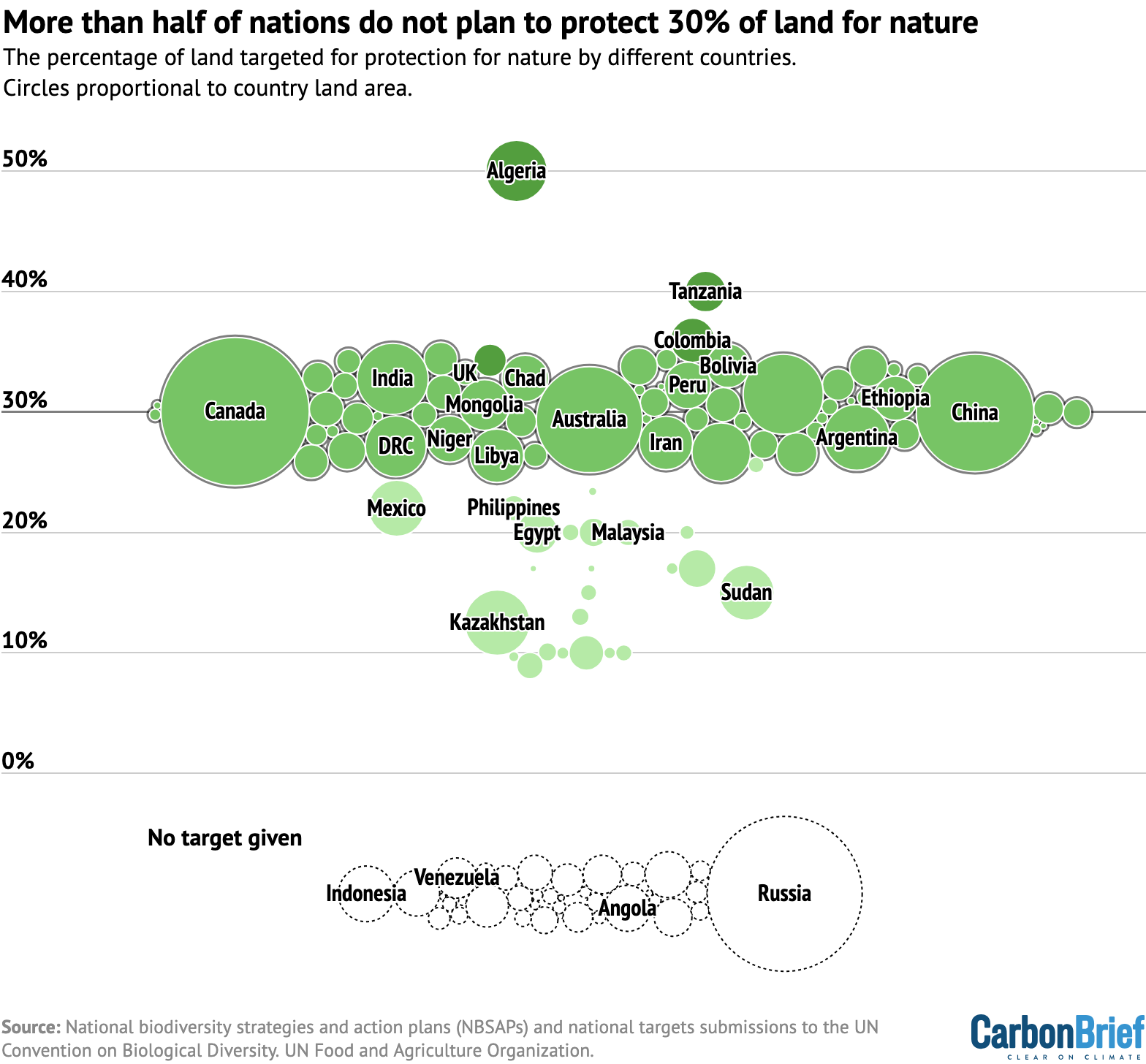Tips for Building an Eco-Conscious Electronics Brand That Thrives

by
Carbon Neutral Regulation in AI Training

by
Building an eco-friendly electronics business means rethinking traditional practices to align with a more conscious approach to design, production, and distribution. It’s about blending innovation with sustainability, ensuring every decision considers its impact on the environment. Businesses that embrace these values not only meet growing consumer expectations but also pave the way for lasting change. […]

by
Artificial Intelligence (AI) is evolving at an unprecedented pace, with large-scale models reaching new levels of intelligence and capability. From early neural networks to today’s advanced architectures like GPT-4, LLaMA, and other Large Language Models (LLMs), AI is transforming our interaction with technology. These models can process vast amounts of data, generate human-like text, assist […]

by
Artificial intelligence has made remarkable strides in recent years, with large language models (LLMs) leading in natural language understanding, reasoning, and creative expression. Yet, despite their capabilities, these models still depend entirely on external feedback to improve. Unlike humans, who learn by reflecting on their experiences, recognizing mistakes, and adjusting their approach, LLMs lack an […]

by
In the shadowy world of international espionage and digital surveillance, few names evoke as much controversy as Israel’s NSO Group and its infamous Pegasus spyware. As Ghana is one of many African nations to acquire this powerful tool, questions arise about the implications for privacy, democracy, and Israel’s role in shaping the continent’s digital landscape. […]

by
The privacy risks posed by generative AI are very real. From increased surveillance and exposure to more effective phishing and vishing campaigns than ever, generative AI erodes privacy en masse, indiscriminately, while providing bad actors, whether criminal, state-sponsored or government, with the tools they need to target individuals and groups. The clearest solution to this […]

by
Imagine having a personal assistant that not only understands your deepest questions but can also break down complex ideas with near-human reasoning. Sounds like science fiction, right? Well, it’s not. Meet Grok 3, xAI‘s latest and most powerful AI model that’s designed to significantly advance AI capabilities. Built on a supercomputer called “Colossus” with 200,000 […]

Welcome to Carbon Brief’s DeBriefed. An essential guide to the week’s key developments relating to climate change. This week UK considers cuts EMISSIONS ADVICE: New recommendations from the UK’s climate advisers, the Climate Change Committee, said the nation should reduce its emissions to 87% below 1990 levels by 2040. This would keep the country on track […]

by
The rapid rise of AI has made a lot of people nervous. In 2022, we all were already stressed by COVID and the tsunami of mass layoffs it caused. So, the emergence of a new technology offering to automate human work in almost all digital industries didn’t add confidence in the future. The Game Development […]

by
David Kellerman is the Field CTO at Cymulate, and a senior technical customer-facing professional in the field of information and cyber security. David leads customers to success and high-security standards. Cymulate is a cybersecurity company that provides continuous security validation through automated attack simulations. Its platform enables organizations to proactively test, assess, and optimize their security […]

Countries have agreed at the resumed COP16 talks in Rome to a strategy for “mobilising” at least $200bn per year by 2030 to help developing countries conserve biodiversity. Nations also agreed for the first time to a “permanent arrangement” for providing biodiversity finance to developing nations, “future-proofing” the flow of funds past 2030. Faced with […]

by
The following is a joint announcement from the MIT Microsystems Technology Laboratories and GlobalFoundries. MIT and GlobalFoundries (GF), a leading manufacturer of essential semiconductors, have announced a new research agreement to jointly pursue advancements and innovations for enhancing the performance and efficiency of critical semiconductor technologies. The collaboration will be led by MIT’s Microsystems Technology Laboratories (MTL) […]

by
Although Adobe’s Firefly latent diffusion model (LDM) is arguably one of the best currently available, Photoshop users who have tried its generative features will have noticed that it is not able to easily edit existing images – instead it completely substitutes the user’s selected area with imagery based on the user’s text prompt (albeit that […]

by
Efficient and accurate note-taking is essential for maximizing productivity and ensuring no key detail is missed during meetings. We will take a look at some of the best AI-powered note-taking apps available, offering a curated mix of free and paid solutions that excel in transcription accuracy, seamless integrations, and user-friendly experiences. Each tool is presented […]

by
A vast search of natural diversity has led scientists at MIT’s McGovern Institute for Brain Research and the Broad Institute of MIT and Harvard to uncover ancient systems with potential to expand the genome editing toolbox. These systems, which the researchers call TIGR (Tandem Interspaced Guide RNA) systems, use RNA to guide them to specific […]

by
David Wilkins, Chief Product, Marketing, and Strategy Officer at TalentNeuron, is a proven senior executive with 20+ years of SaaS experience in the human capital management space. He has a diverse set of leadership experience in strategy, product development, marketing, sales enablement, and sales. TalentNeuron provides workforce intelligence to help organizations optimize talent strategies, source […]

by
The recent excitement surrounding DeepSeek, an advanced large language model (LLM), is understandable given the significantly improved efficiency it brings to the space. However, some reactions to its release seem to misinterpret the magnitude of its impact. DeepSeek represents a leap forward in the expected trajectory of LLM development, but it does not signal a […]
by
The post Evaluating The Ukraine Minerals Deal: High Risk, Low Reward appeared first on Energy Innovation.
by
The post A Diversified, Clean Electric Grid Is The Solution For Growing Energy Demand appeared first on Energy Innovation.